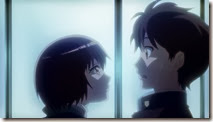 |
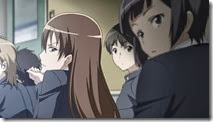 |
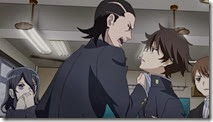 |
 |
 |
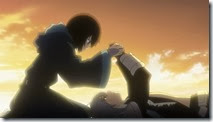 |
I won’t blame you if Aura looks a bit familiar.
It’s pretty much impossible to watch Aura in 2013 and not think of Chuunibyou. There are so many similarities between the two stories – a male lead who’s a first-year high school and a recovering chuunibyou sufferer, desperately trying to escape his past. A black-haired heroine still caught up in the throes of her fantasy world in order to escape hardships at home. The boxes of chuunibyou swag hidden in the closet leaving empty bookshelves – but not thrown away. A thematic focus on the adolescent struggle between the need to be yourself and the need to fit in, and on the relative merits of a healthy fantasy life and a firm grasp on reality.
Most viewers already know, but just to set the record straight – Aura did in fact come first, in the form of a light novel by the remarkable cross-platform author Tanaka Romeo. Are the LNs by Torako – which appeared about two years later – a bit too close to Aura for comfort? I’ll leave that to others to decide, but the similarities are certainly inescapable. But make no mistake – in terms of tone, Aura and Chuunibyou could hardly be more different in anime form. This is the darker, subtler and much more bittersweet version – there’s very little comedy in Aura, which makes it quite a departure from the Tanaka work anime-only fans will be familiar with, Jinrui wa Suitai Shimashita. It’s also a departure for that series’ director and writer, Kishi Seiji and Uezu Makoto.
In point of fact, Aura is every bit as much a movie about bullying as it is about chuunibyou. The main character is Satou Ichirou (Shimazaki Nobunaga), a 10th-grader who was terribly bullied in middle school for his activities as “Light Fang“. This has taken a terrible toll on his family, especially his mother (Kouda Kaho), who now worries about Satou constantly and indulges him over-protectively (much to the annoyance of the older sister played by Yukino Satsuki). This side of the story is presented quite well – we don’t usually see anime take on bullying from the perspective of the family. Satou for his part is trying to put all this behind him, and blending in pretty well in school. He’s made friends and even caught the eye of the “in” group, who seem to be sizing him up for potential inclusion.
A nighttime trip back to school to retrieve a forgotten textbook leads to a chance encounter with Satou Ryouko (Kanazawa Hana). Unlike Ichirou she’s still deep in the throes of chuunibyou, complete with elaborate costume and stage props. She’s got a detailed fantasy back story which dovetails somewhat with Light Fang’s, but the important part is the interaction of the actual girl with Ichirou. He sees pretty quickly that she’s a hard case, and while he recognizes a lot of his 8th-grade self in her, there’s a part of him that admires her for continuing to believe in the world that he once found so enrapturing. He finds himself reluctantly (mostly) drawn into her orbit, knowing full well her stories are fiction but impressed with the sheer detail and commitment she puts into her disorder – she refuses to wear the “shackles” of being normal, as he puts it.
Again, this is not Chuunibyou – Aura is a pretty dark ride, and it tackles the ugly side of what it’s like to be an iconoclast in high school in pretty unsparing terms. Satou’s nearly-friends on the top rung of the social ladder turn on him viciously when his association with Ryouko becomes apparent as she finally shows up at school (because she knows he’ll be there), and even more viciously on her for being a freak (along with the other “Golden Dreamer” kids in the class). Perhaps most vicious is the reaction when Ichirou stands up for Ryouko, knowing her pain too well to stand by and watch. Things get pretty ugly pretty quickly, and Ichirou’s character is put to the test when the bullies dig up incriminating evidence of the past he’s so ashamed of, and threaten to drag him back into the pit of despair that was his school life.
To be honest, the drama at the conclusion of Aura – while heartfelt – is relatively predictable, and there are elements of it that stretch credulity (like the desk-temple Ryouko builds). The depiction of the resolution is not the equal of that of the buildup to the crisis, but on the whole Aura is still a pretty engaging story. It’s not going to have the mass appeal of the much more fanciful Chuunibyou (which has better animation as a Kyoto Animation TV series than Aura does as an AIC A.S.T.A. theatrical film), and it doesn’t display the stunning imagination of Tanaka and Kishi’s Jinrui. But it does do a fine job of showing just how painful it is to be a teenager when the urge to be yourself leads to horrifying consequences, and because the story and characters are so much more grounded in reality than with Chuunibyou, the stakes feel much higher here. These are very fundamental questions being asked here, as with Chuunibyou, about the value of imagination as weighed against the expectations of society and the need to face reality, and there could hardly be a more relevant topic for anime to address.
I’m always pleased when Kishi turns his hand to weighty material instead of game adaptations – this is some of his most disciplined work ever, perhaps to a fault – and Tanaka is one of the best writers in the business. Even if Aura isn’t his flashiest work the dialogue is remarkably sharp and unmannered. There’s more of Tanaka’s work out there waiting to be adapted (the adult game Cross Channel seemingly the most interesting, and the all-ages Key VN Rewrite seemingly the most likely to be adapted), and I sincerely hope we see that happen – he’s one of the most interesting voices in Japanese popular culture.
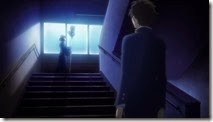 |
 |
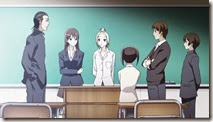 |
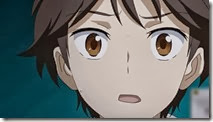 |
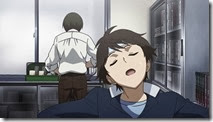 |
 |
 |
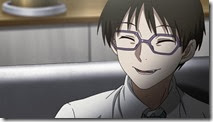 |
 |
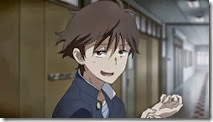 |
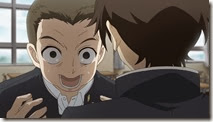 |
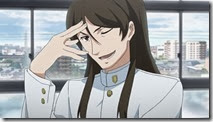 |
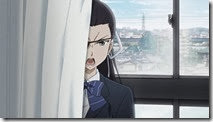 |
 |
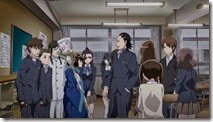 |
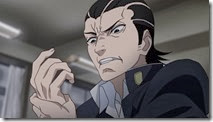 |
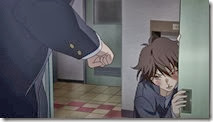 |
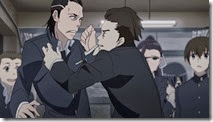 |
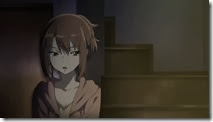 |
 |
 |
 |
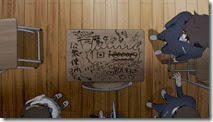 |
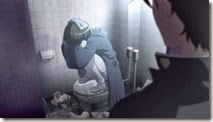 |
 |
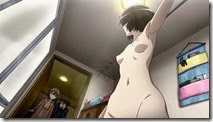 |
 |
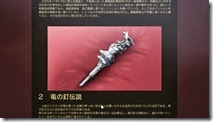 |
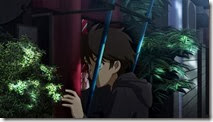 |
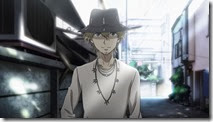 |
 |
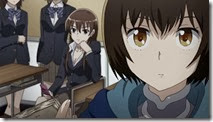 |
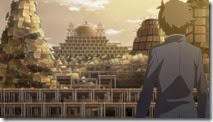 |
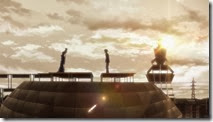 |
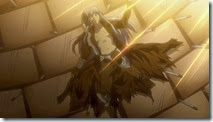 |
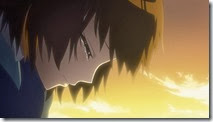 |
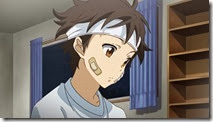 |
 |
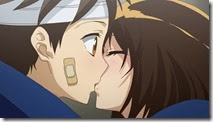 |
ED: “Bokura no Sekai (僕らのセカイ)” by CooRie
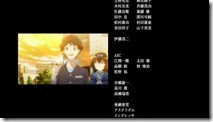 |
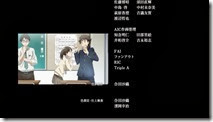 |
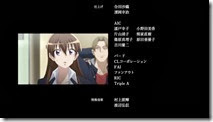 |
Epilogue:
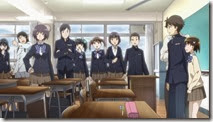 |
 |
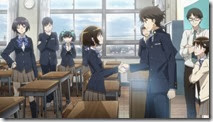 |


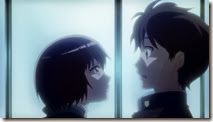
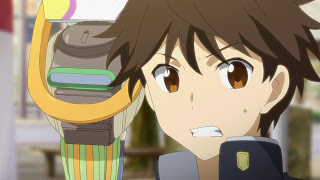
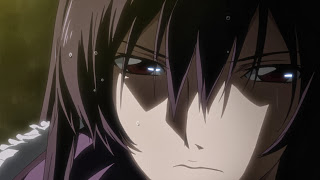
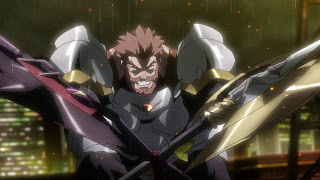
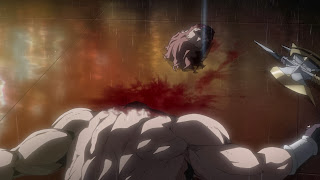
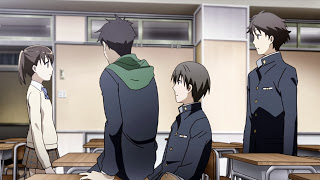
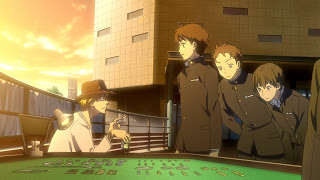
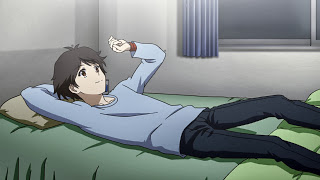
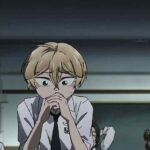
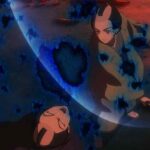
Jeroz
October 3, 2013 at 1:03 pmDid the film make it clear that Ichirou's chuuni form is basically a bad copy of Sephiroth?
admin
October 3, 2013 at 1:05 pmI'm not sure I know what you mean. It's obvious from the character design – they don't call him that by name or anything if that's what you're expecting.
Jeroz
October 3, 2013 at 1:13 pmThere's a couple of sentences in the LN where he met up with another guy who goes chuuni by acting like the same character. It's a fun slightly cringey injoke. So I guess the movie removed a lot of black humour. Then again considering that they don't really have that big of a budget, keeping the core story is probably the top priority.
Now I just wonder if the post-credit scene fun or not, because in the LN it caps off a wonderful story by making you laugh after all the horrible things that had happened.
admin
October 3, 2013 at 1:17 pmThe post-credit scene is fun, but it's short – doesn't sound like what you have in mind. It's certainly a fact that there isn't a lot of humor here, though what there is is gallows humor – it wouldn't surprise me to hear much of it was written out. The film is 80 minutes and as you say, didn't seem to have a huge budget.
ishruns
October 3, 2013 at 1:05 pmWhen did Aura come out? I can't find it on any of the main torrent/streaming sites. But it certainly looks interesting (didn't read beyond the first two paragraphs and won't until I see the movie)
Jeroz
October 3, 2013 at 1:15 pmThe movie came out of theatres back in April. The DVD(/BD?) was released in September. There are a couple of fansub groups already.
admin
October 3, 2013 at 1:15 pmAbout a week or so ago. It's out there.
ishruns
October 9, 2013 at 1:26 amBeyond simply agreeing with you on Aura, I don't know what else to say. It was definitely one of KanaHana's better works and one of Kishi's best. The only reason I can think of that this was adapted into a movie while Chuunibyou was not is because of the simple marketability of the latter. Moe girls, fluff story, school club, no dark material (that people who endured bullying would like to read, they really are still gakki) and an ending I didn't think showed much maturity or even a proper acceptance of reality.
I don't mind if stuff like ChuuNi keeps getting animated as long as stuff like Aura does as well.
thedarktower
October 3, 2013 at 2:57 pmI really love that movie.
yes, similiar to chuuni in the shallow concept, but Aura is much more mature in elements of characters and feels.
we can see from scene 0 that the main characters deal with their own hardships. they keep all inside until they (the characters) reach their emotional climax. it was established well.
I enjoyed chuuni too, but clearly, though they both have a mere same concept, Aura is about sides which we haven't actually seen in chuuni. like all the mature, seriousness and bully stuff.
I really like that.
BTW, it is very different concept from Tanaka's works like Jinrui and cross-channel.
p.s
plus we had two kiss scenes!it was really good 😛
Jeroz
October 4, 2013 at 11:29 amSeriously, I still consider chu2koi a fanfic of AURA, and a bad one at that as well
Slashe
October 4, 2013 at 12:58 amAm I the only one that didn't enjoy the movie?
The characters felt flat and the entire plot felt like a "paint by numbers" affair.
It felt like the writer was a plot driven author attempting to write character driven fiction.